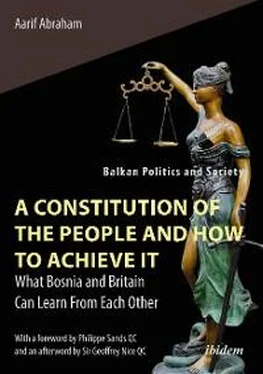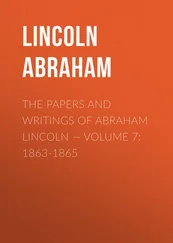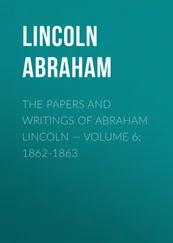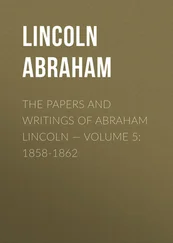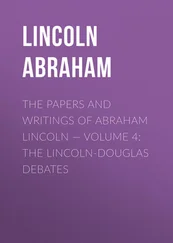With its different model, Britain claims, by contrast, a high degree of constitutional longevity and slow evolution. Yet it has faced its own challenges, all the more so today, following its departure from the European Union and the real possibility that Northern Ireland and Scotland may, within the foreseeable future, leave the Union. Such a fundamental change to the system has not happened for 350 or so years, but new divisions and polarisations appear to be eating away at some constitutional fundamentals. There is contestation over devolution and independence of the four nations, as well as the various regions, over distributions of wealth and socio-economic entitlements, and in respect of human rights (and, it might be asked, who would have imagined, just a few years ago, that Scotland would be able to shut its border to visitors from England, in the face of a health pandemic?) Such developments cause Mr Abraham to raise other questions, equally significant. Has a practise of moderate constitutional tinkering put the entire structure at risk? Has there been a fracture in the delicate balance between executive, legislative and judicial power and authority? Can the British constitution resist the challenges of extreme nationalisms and populisms?
This important and original book seeks to unwrap these and more challenging questions. Mr Abraham embarks on a comparative exercise, one that contrasts what some view as a pre-conflict society (Britain), on the one hand, and a society viewed as having frozen and embedded a conflict (Bosnia), on the other. As readers, we are invited to reflect on a most fundamental issue of our times: the relationship between a country’s political culture and its constitution.
Mr Abraham sees the cultures of both countries as increasingly moderate and inclined to a broad and democratic political participation. He is maybe optimistic, or right. If he is right, the discrepancy between elite preferences and people’s preferences becomes acute, a space in which the constitutional rules will play themselves out, and the forces for change will be overwhelming.
Could Bosnia adopt some of the flexibilities of the British system? Mr Abraham imagines a revolving constitution , one that would subject existing constitutional arrangements to fixed and regular public debate, to the deliberation and approval of succeeding generations. Properly institutionalised, and with procedural safeguards, he argues, no one should be worse off. At best, everyone might have an opportunity for an enhanced constitution than is currently the case. He seeks a coincidence between the people’s and elite’s preferences.
In a certain sense, Britain already has a revolving constitution, one in which elites are regularly confronted with constitutional issues in the hurly burly of generational day-to-day of politics. Yet, Mr Abraham argues forcefully that some of the conventions, rules and practises that allowed fair and measured constitutional changes are no longer functional. On his view, Britain need not make its constitution as fixed and rigid as Bosnia’s in order to represent all of its communities. It can, however, imagine a more inclusive national debate and process of deliberation, and a four-nation settlement around a new constitutional statute, one that all of Britain’s people might have contributed to.
The book argues that a constitutional settlement owned by all the people will have a greater authority and stability. Mr Abraham offers no prescription on the content of a constitutional settlement but a road map as to how it may be achieved. As such, he succeeds in inviting us to think about our individual and collective roles in constitution-making. He encourages us to be more creative and careful. He asks us to reflect seriously about a people’s political culture, and to cultivate, maintain and enrich that culture so people can contribute to change the way in which they are governed. Such transformation, he argues, requires practice and action, and not just words.
Professor Philippe Sands QC
University College London & Matrix Chambers
London, January 2021
“Words abound in everything
So words are everything but everything is bound by words
For just one word we wait and pray
An ancient word from far away
But we have heard a new word
Verily we have heard a word so new
That be it but whispered the heavens ring”
- Mak Dizdar, The Stone Sleeper 1
INTRODUCTION
Britain has an almost unique constitutional position among States. It is a long-established democracy, comprising four diverse nations, with an uncodified, non-federal constitutional arrangement. The constitution itself is a miscellaneous collection of flexible conventions, norms and rules governing political behaviour. It cannot be found written down in a single place and some aspects of it are not written down anywhere at all. To the ‘outsider’, as well as the most intimate of ‘insiders’, it can be difficult or even impossible to comprehend. The current monarch of the United Kingdom, Queen Elizabeth II, is reported to have remarked that “the British constitution has always been puzzling and always will be.” 2While that may be the case, the constitution has endured for almost three and a half centuries without armed conflict threatening its core structure. The foundation on which the constitution is built goes back further still to the Kingdom of Athelstan, over a thousand years ago. That thousand-year period was punctuated by armed conflict and bloodshed. Even Britain’s recent history saw armed conflict at its periphery and within its imperial dominions. Its constitutional structure, however, has had an undeniable longevity and continuity.
Bosnia and Herzegovina, by contrast, is a relatively recent democracy with an ethnically diverse population (though perhaps less diverse than Britain’s). 3Bosnia emerged in 1995 from three and a half years of devastating inter-ethnic armed conflict. The Bosnian constitution is not in any sense conventional, drawn up, as it was, as Annex IV to the Dayton Peace Agreement. 4With the signatures of the war’s main protagonists, the Dayton Peace Agreement successfully ended the war that ravaged Bosnia following its declaration of independence from the former Yugoslavia.
Neither the Dayton Peace Agreement nor the Bosnian constitution within it, however, created the successful democratic and functioning State envisaged by its chief proponents. 5Instead, it set out complex procedures for governance that have institutionalised ethnic division and led to governmental paralysis. Bosnia, for instance, is composed of two devolved entities, three ‘constituent peoples’, and five layers of governance which, together, count among them a tripartite State presidency, two entity presidents, and fourteen prime ministers and governments. 6In a country of no more than 3.53 million inhabitants (AfS 2013), Bosnia has the highest number of presidents, prime ministers, and ministers per capita in the world. Such a proliferation has made streamlined and efficient government difficult (Belloni 2010, 99). The Bosnian constitution has no popular mandate and lacks any features that may allow future democratic legitimacy. It has been imposed on the people and like other constitutions created in—or mostly for —seemingly ‘divided societies’, it has proved immune from change.
Most written constitutions are a product of war or revolution and are imposed by political elites who do not formally consider the views of ‘their’ people, even if they occasionally invite them to ratify the new arrangements. The absence of popular participation is not always fatal to the working of a constitution, but it can be if the political culture of the people differs from these rules-that-create-all-rules which the people are then required to respect.
Читать дальше
